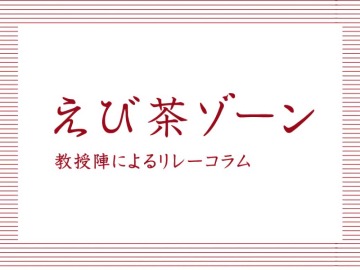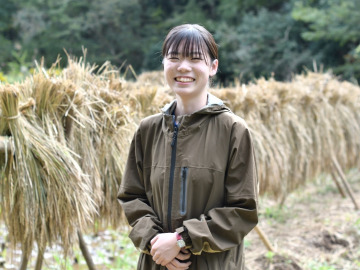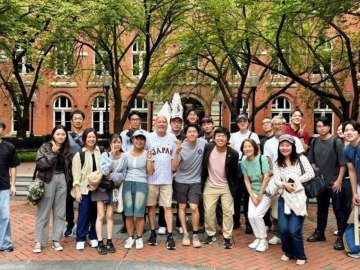 Due to the nature of my job, I give a lot of thought to what makes a good lesson.
Due to the nature of my job, I give a lot of thought to what makes a good lesson.
On a sunny Saturday in early March, Professor K, who had been teaching for over 40 years, gave their final lecture. When I arrived at the venue a little early, the fan-shaped classroom, which has a capacity of 207 people, was already almost full. Everyone was excitedly waiting for the lecture to begin.
At the appointed time, Professor K came up to the podium in their usual casual attire. Many of the people who had flocked to the venue to catch a glimpse of their final live performance were graduates. In the middle of their lecture, a baby's loud cry echoed through the hall, and Professor K said, "I'm so glad that so many young people are listening to me today," bringing the hall to a frenzy. Professor K's unique style was their passion and power, which could engulf everyone in any classroom, no matter how large it was.
Two weeks after the final lecture, I visited Professor K's neatly organized laboratory. After a brief greeting, I asked Professor K a straightforward question: "What, ultimately, makes a good lecture?" They immediately replied: "Since they've taken the trouble to come to my lecture, I want them to enjoy their time here and go home."
Listening to Professor K's talk, I was reminded of Brillat-Savarin (1755-1826) and his later work, "The Physiology of Taste." It is considered the origin of French gastronomic discourse that continues to this day. At the beginning of the book are 20 aphorisms that speak to the essence of gastronomy. The most well-known is, "Tell me what you're eating, and I'll tell you who you are." And at the end, the following words are little known:
"When you invite someone into your home, you are taking responsibility for their happiness during that time."
Are you able to take responsibility for the happiness of the people you are with? I'm not there yet.
*Exploring culture, science, and aesthetics through food.
(JN)
1177th





![[Save version] Map of the four main campuses](https://www.waseda.jp/inst/weekly/assets/uploads/2025/09/17cb2975123fc5103172ef60bd98608d-610x458.jpg)

